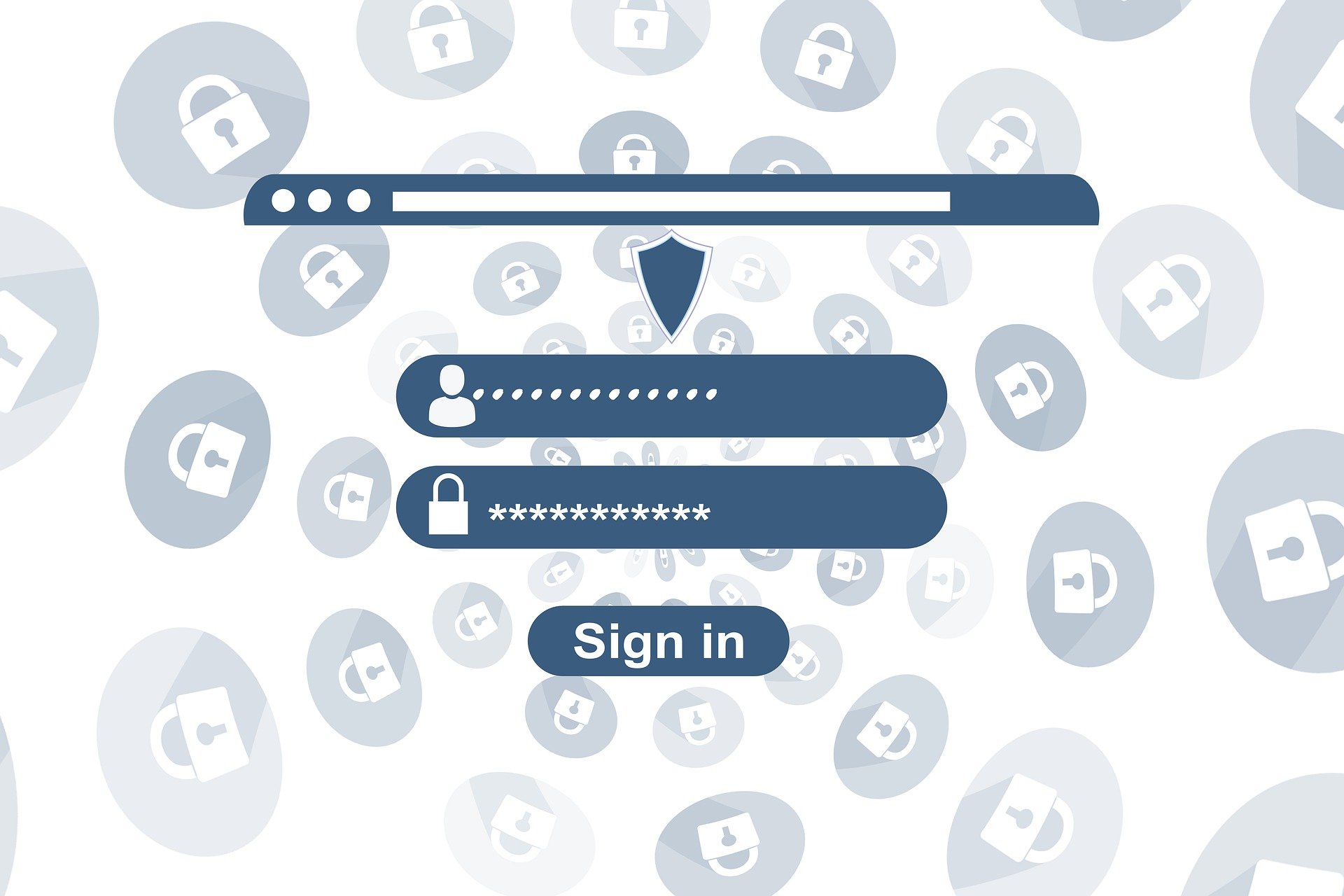How Simplifying User Identification Transforms Telehealth
Time is a crucial element when it comes to providing quality care. The rise of telehealth technology means a physician can see more patients in a day than ever before, but it also means that physicians must toggle among multiple digital platforms in the course of their work. Moving from one platform or app to another is a time-consuming proposition, especially considering the security and compliance requirements attached to working with healthcare data.
Simplifying user identification and authentication eases not only those security concerns but also usability and adoption of digital healthcare platforms among medical professionals. For example, in a study of one large healthcare system, single sign-on authentication saved the system’s 19 hospitals 943.4 hours per week, an average of almost 50 hours per facility. The study concluded that single sign-on authentication had freed up clinicians’ time from keyboard use so they could focus on providing patient care and effectively using their electronic health records systems. Simplifying user identity management is an essential way to improve efficiency in healthcare.
As its name implies, single sign-on allows users to log into several systems through a primary account. That way, an individual user can access all needed systems without constantly reentering passwords to authenticate their identity. This ease in signing on makes working in numerous systems easy and convenient, which is why single sign-on is becoming the gold standard for institutions and providers offering telehealth around the nation. In some cases, however, enterprise infrastructure or security rules restrict “true single-sign-on,” so credential sharing is the next best option that will still bring the benefits of simplifying user identification and authentication.

4 Key Benefits of Single Sign-On and Credential Sharing for Telehealth Applications
Below are some of the top benefits providers that embrace single sign-on are seeing.
1. Reduced operational friction for healthcare and IT staff
Clinical staff rarely get excited about technological assets that create barriers to their work, so adoption rates around new telehealth and virtual care platforms can be low. Single sign-on authentication makes adoption more seamless across the frontline workforce because of its high usability.
Single sign-on is also easier for IT staff to manage because the operational effort to integrate it can be minimal and it builds off existing accounts. The IT department can ensure that everything is configured as desired before the deployment of a new application and let users begin using that application right away.
2. Impressive and measurable time savings
By limiting the time it takes to log into multiple applications, healthcare providers can make certain that their employees focus on providing high-quality patient care and keep their momentum.
As one report showed, movement among platforms increases the need for context switching, which eats into cognitive function and has been seen to decrease perceived user productivity by 45%. Eliminating the time spent remembering passwords, logging in, and searching for the right app means time saved for better-quality patient care.
3. Heightened online security
Healthcare data breaches can cost the average provider system more than $9 million to fix. Single sign-on reduces the chances of a breach from phishing or other hacking behaviors because it streamlines user credentials, making them less vulnerable to compromise.
Additionally, users with single sign-on access can be deactivated immediately across all platforms as soon as they leave or their permissions need to be revoked, ensuring that those workers do not still have access to sensitive information like patient electronic medical records. Put simply, the fewer doors that are open to the outside, the fewer ways untrustworthy people and programs can attack a healthcare system’s data pools.
4. Improved employee engagement levels
Currently, turnover in the healthcare industry is high. This makes it important to implement user management strategies that are not just reliable and safe but are meant to help staff members provide virtual care with more confidence and authority. Single sign-on authentication checks off all the necessary boxes.
In fact, a single sign-on authentication allows individual employees and the bigger health systems where they work to realize greater profitability and productivity across the board. In turn, this assures employees that they are valuable to the future of the organization.
AMD’s Identity Management Solutions Including Single Sign-On
At AMD, we take identity management seriously. At the same time, we want to make sure users find our products intuitive to implement. That is why we offer single sign-on or shared authentication for our telehealth platform.
For instance, a user might log into their enterprise identity management account and the system would create a token. The token would pass through associated apps with single sign-on support, such as our AGNES Vitals Connect platform. This would mean the user could connect with any of those apps either automatically or with the same credentials by virtue of being logged into their system.
Telehealth has widespread promise to transform the face of medicine forever. However, it is important to ensure that providers and their teams can use all the tech products at their disposal. Single sign-on authentication strikes a needed balance between security and efficiency that satisfies the needs of all parties — right down to the patient level.




